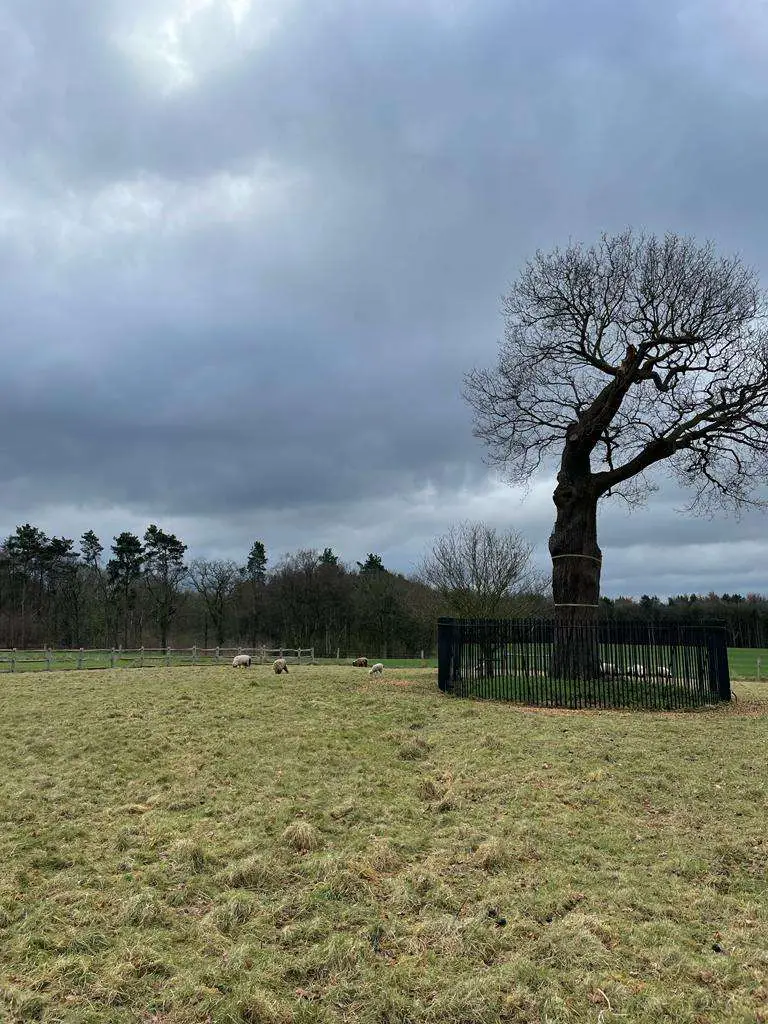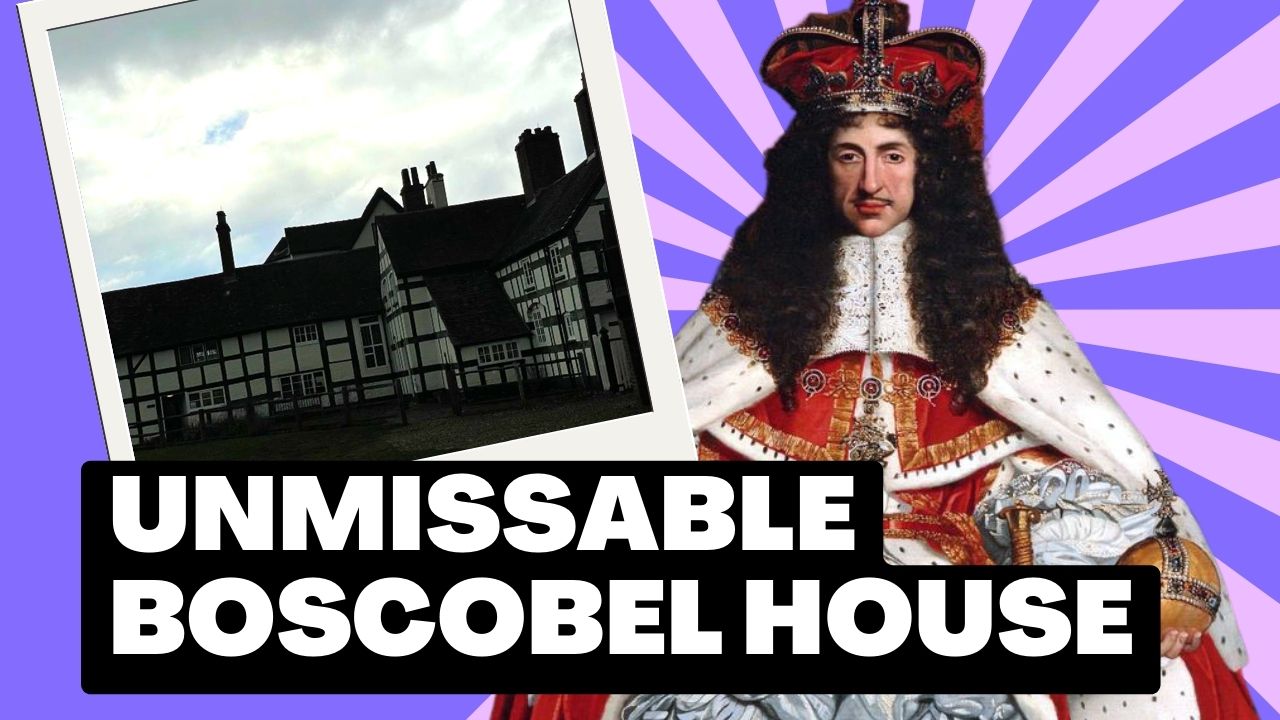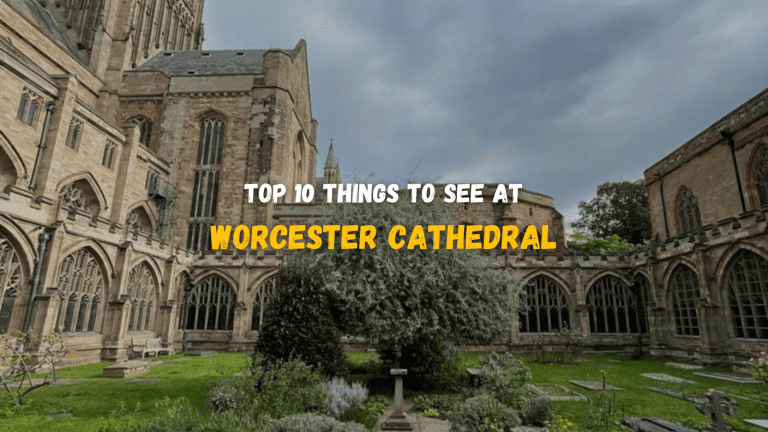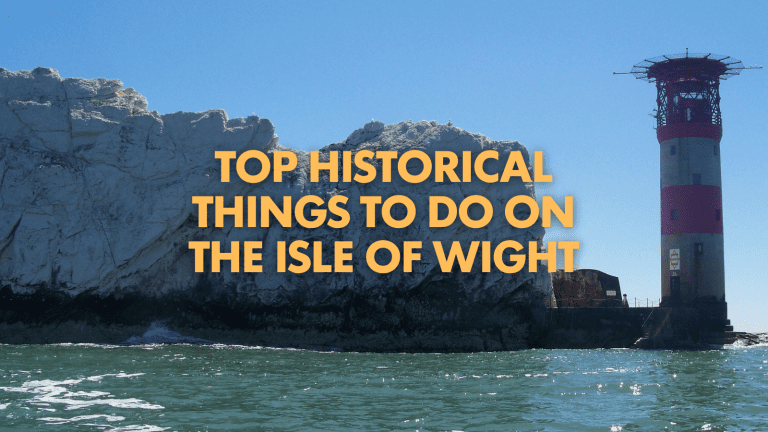5 unmissable sights at Boscobel House
John Giffard constructed Boscobel House in the 17th century, sometime before 1624.
Giffard intended Boscobel to be a hunting lodge. It was built in the middle of dense woodland and was considered a great place to hide. Gifford was a Catholic in a time of great persecution. He installed two priest holes in case he should ever need them. (We can assume he intended to have Priests visit the lodge.)
Boscobel House was to gain fame, and a noted place in English history, as one of the hiding places of King Charles II after his defeat of a bottle of Worcester.
Only a few hundred yards from Boscobel House stood the famous Royal Oak, where the King took shelter for fourteen hours in the pouring rain while the Parliamentarian forces searched the woodland for him.
In later years, Boscobel was converted into a Victorian farm.
Now the site is operated by English Heritage.
What are the five things not to miss at this famous historic site?

The Royal Oak
No. Not the pub. But the tree which resulted in the third most popular pub name in England.
Charles first went to the nearby White Ladies Priory but, when it was deemed unsafe, headed the short distance to Boscobel, which the Earl of Derby had recommended.
There were rumours of parliament forces searching for the King, and the decision was made to hide in the dense woodland.
“We got up into a great oak that had been lop’t some 3 or 4 years before, and being grown out again very bushy and thick, could nott be seene through. And there we stayed all the day.” Charles II
The original Royal Oak, which King Charles II hid, no longer exists. After the restoration of the monarchy, souvenir hunters rushed to Boscobel and removed branches and whole boughs.
Attempts were made to save the Royal Oak by building a wall around it. But this failed.
However, the Fitzherberts, who owned Bosobel at the time, planted an acorn from the tree.
What now can be seen at Bosobel House is the “Son of the Royal Oak.”
However, this tree has suffered extensive damage from storms and frequent lightning strikes. In 2001, the current King Charles III, then obviously the Prince of Wales, planted a replacement tree from an acorn of the son of the Royal Oak. This was on the 300th anniversary of Charles II’s visit to Boscobel.

The Attic Priest Hole
Climbing up into the attic, by the original 17th-century stairs, you can see down into the priest hole King Charles the second spent the night while hiding at Boscobel.
Boscobel calls the priest holes “secret places,” – which must have come from the documents relating to the property.
As you look into this priest hole, consider for a moment that Charles II was around 6 foot 2 in height. It wouldn’t have been a very comfortable stay for the King.
The Parlour
This is the main room of the house and has remained essentially unchanged since the 17th century, although the furnishings are Victorian.
It was here that Charles II was bought after hiding in the Royal Oak. He was soaked to the skin, as it had been raining for the best of the fourteen hours he had spent in the tree. He ate here in this room, and Charles dried his socks and shoes before the fireplace.
The fireplace has subsequently been rebuilt in the early 19th century. It celebrates Charles’s visit in 1651 with graphic descriptions in the panelling.
The Squire’s Room
The Squire’s room is the main bedroom of the house and contains the second priest hole.
The priest hole is in a small side room that may have acted as a 17th Century ensuite with a close-stool.
This priest hole has stairs going down to the bottom of the chimney stack allowing somebody to escape via a small door at the very bottom.

Garden Arbour
On top of a mound in the reconstructed 17th-century gardens is an arbour.
King Charles II spent a few hours in the 17th-century version of the arbour reading on the morning of 7th September 1651. He said it was very peaceful in there.
Is it worth visiting Boscobel House?
As well as the house, gardens and Royal Oak, Boscobel House is also a working farm. (It’s use in the Victorian Era).
There is a children’s play area and tearooms.
A visit best paired with a trip to White Ladies Priory, just half a mile away. This site was Charles II’s first stop in the area, although he only stayed there for a matter of hours. The White Ladies Priory is free to enter. You can also visit nearby Moseley Old Hall, which was Charles II’s next stop on his escape. Moseley Old Hall is operated by the National Trust, not English Heritage, so you would need to be a member of both to enjoy free entry.






